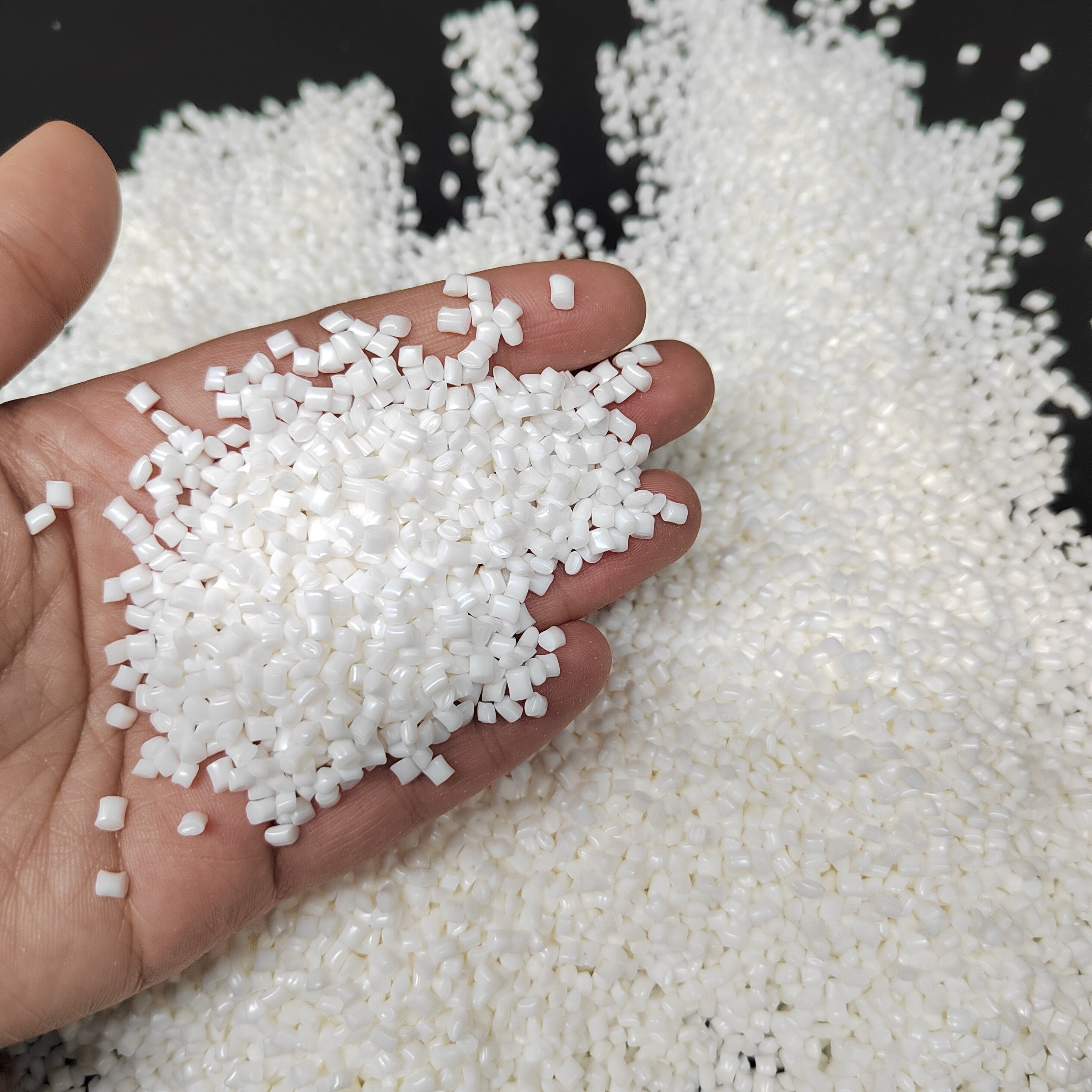Email format error
Email cannot be empty
Email already exists
6-20 characters(letters plus numbers only)
The password is inconsistent
Email format error
Email cannot be empty
Email does not exist
6-20 characters(letters plus numbers only)
The password is inconsistent

Offer Technical Support and Customized Solutions
The company is committed to creating new and improved plastic materials to meet the evolving demands of the market.

How ABS Plastic Achieves Flame Retardancy
Flame retardancy in ABS plastic is a well-known concept, and here TOPONEW Plastic Manufacturer will share how ABS plastic achieves flame retardancy. In many applications, materials are required to be flame retardant, a property that can be achieved by adding flame retardants. Most plastics are combustible. Next, TOPONEW Plastic Manufacturer will detail how ABS plastic achieves flame retardancy.
Heat Absorption:
Any combustion releases a limited amount of heat in a short period. If a portion of the heat released by the ignition source can be absorbed in a short time, the flame temperature will decrease. This reduces the heat radiated to the burning surface and the heat acting on the combustible molecules that have already vaporized, thereby inhibiting the combustion reaction to a certain extent. Under high-temperature conditions, flame retardants undergo strong endothermic reactions, absorbing some of the heat released during combustion, lowering the temperature of the combustible material surface, effectively inhibiting the generation of combustible gases, and preventing the spread of fire. The flame retardation mechanism of Al(OH)3 flame retardant is to increase the heat capacity of the polymer, allowing it to absorb more heat before reaching the decomposition temperature, thereby enhancing its flame retardancy. This type of flame retardant fully utilizes its characteristics of absorbing a large amount of heat when combining with water vapor, thereby improving its flame retardant ability.
Coating Effect:
After adding flame retardants to combustible materials, the flame retardants can form a glassy or stable foam covering layer at high temperatures, isolating oxygen. This layer has a thermal insulation, oxygen barrier, and prevents the escape of combustible gases, thereby achieving flame retardancy. For example, organic phosphorus flame retardants can produce structurally more stable cross-linked solid substances or carbonized layers when heated.
The formation of a carbonized layer can prevent further thermal decomposition of the polymer on one hand and prevent the internal thermal decomposition products from entering the gas phase to participate in the combustion process on the other hand.
Inhibition of Chain Reactions:
According to the theory of combustion chain reactions, what is needed to sustain combustion is free radicals. Flame retardants can act on the gas-phase combustion zone, capturing the free radicals in the combustion reaction, thereby preventing the spread of flames, reducing the flame density in the combustion zone, and ultimately slowing down the combustion reaction until it stops. For example, halogen-containing flame retardants have the same or similar evaporation temperature as the polymer decomposition temperature. When the polymer decomposes under heat, the flame retardant also evaporates simultaneously. At this time, the halogen-containing flame retardant and the thermal decomposition products are simultaneously present in the gas-phase combustion zone. The halogen can capture the free radicals in the combustion reaction, thereby preventing the spread of flames, reducing the flame density in the combustion zone, and ultimately slowing down the combustion reaction until it stops.
Non-flammable Gas Suffocation Effect:
When flame retardants are heated, non-flammable gases are decomposed, diluting the concentration of combustible gases released from the decomposition of the combustible material to below the lower combustion limit. It also has a diluting effect on the oxygen concentration in the combustion zone, preventing the continuation of combustion and achieving flame retardancy.
It should be noted that ABS non-halogen flame retardant modification, which must simultaneously meet the three basic conditions of flame retardancy, mechanical properties, and coloring performance, has always been a recognized challenge in the field of global flame retardant modification. There has been no very mature solution both domestically and internationally. The main reasons for this are:
One reason:
ABS, as a ternary copolymer, is very difficult to achieve non-halogen flame retardancy on its own. In fact, compared with ABS, other unary polymers (such as nylon, PBT, PP, PC, PET, etc.) are relatively easy to achieve non-halogen flame retardancy because only one polymer needs to be addressed. At present, many countries already have good solutions. ABS is significantly different; it needs to simultaneously achieve non-halogen flame retardancy for acrylonitrile, butadiene, and styrene, and these three component materials often require different flame retardant mechanisms. Given this, despite many years of exploration by various countries, to date, a non-halogen flame retardant solution with an additive amount of less than 30% has not been developed.
The second reason:
Some non-halogen flame retardant solutions that have been successfully developed in the world mainly include: dehydration and cooling flame retardant systems based on aluminum hydroxide or magnesium hydroxide, expansion flame retardant systems based on polyphosphamide, and flame retardant systems based on alkyl or aryl phosphate esters (or phosphite esters), etc. These ABS flame retardant systems generally require an addition amount of more than 35%, often with excessive filling or plasticization effects, which greatly affect the material properties, especially the impact strength at notched impact, thus cannot meet the above three basic conditions.

